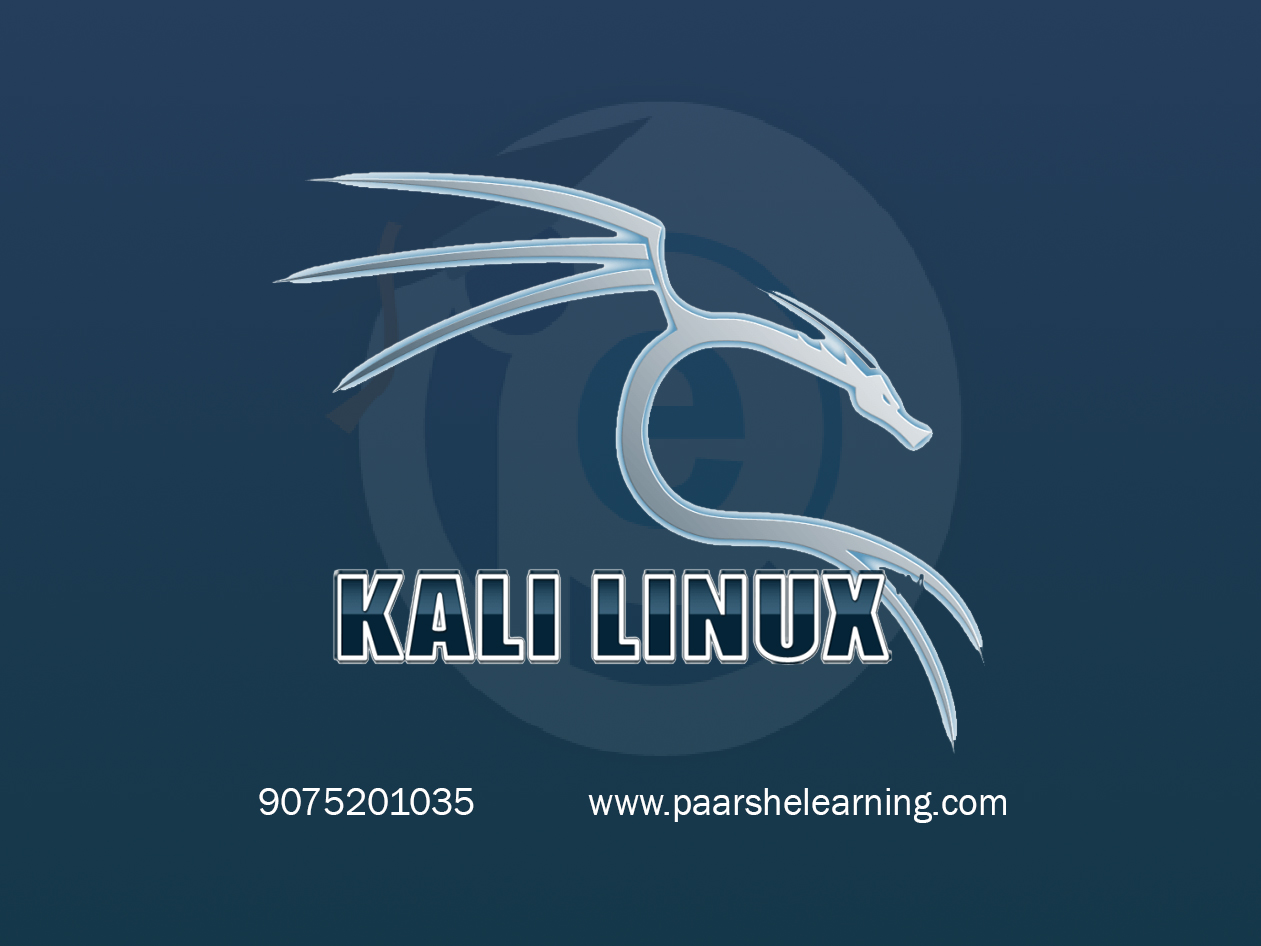- Best practices to secure the VPS
- Deploy a secure Virtual Private Server on a provider like Linode, Digital Ocean, or Vultr
- Install most commonly used software (web server, PHP, databases, etc)
- Connect to the VPS using SSH (secure shell) and Kes (public and private SSH keys)
Ubuntu
Course description
Ubuntu is a free and open-source Linux-based operating system developed and maintained by Canonical Ltd. Ubuntu is one of the most popular Linux distributions, known for its ease of use, stability, and security.
Ubuntu is based on the Debian architecture and uses the GNOME desktop environment. It offers a wide range of software applications, including office productivity software, multimedia tools, web browsers, and development tools.
Ubuntu can be installed on a variety of devices, including desktops, laptops, servers, and cloud-based systems. It also offers a variety of different versions, including a long-term support (LTS) version, which is supported with security updates and bug fixes for five years.
Ubuntu has a strong community of developers and users who contribute to its development, support, and documentation. Additionally, Ubuntu has been adopted by many businesses and organizations around the world as a reliable and cost-effective alternative to proprietary operating systems.
What you will learn from this course?
This course includes!
- Daily Live session
- A recorded session with problem-solving material
- Access on Mobile and TV
- Certificate of completion
This course is for
- Developers who want to host their own web applications
- People who are interested in acquiring "DevOps" skills for future employment
- People who are interested in best practices for securing a Linux based server
Prerequisites for this course
- A functional Windows, Macintosh, or Linux computer & an Internet connection
- Some experience with Linux is helpful, but not essential. We'll go over the basics
Ubuntu Operating Syllabus
-
Introduction To Ubuntu And Linux
Overview of Ubuntu as a Linux distribution Understanding Linux principles and open-source software Navigating the Ubuntu user interface Exploring the Unity or GNOME desktop environment
-
Getting Started With Terminal
Introduction to the Linux terminal (command line) Basic terminal commands: ls, cd, mkdir, etc. Working with files and directories in the terminal Using basic text editors like nano and vim
-
File System And Permissions
Understanding the Linux file system hierarchy File and directory permissions and ownership Using chmod and chown to modify permissions Navigating and managing files and directories in the terminal
-
Package Management And Software Installation
Using APT (Advanced Package Tool) for package management Installing, updating, and removing software packages Adding and managing software repositories Introduction to package managers like Snap and Flatpak
-
User Management And Security
Managing user accounts and groups Setting up and configuring user profiles Understanding sudo and user privileges Implementing basic security measures in Ubuntu
-
Networking And Internet Connectivity
Configuring network connections and interfaces Using Network Manager for wireless and wired networks Sharing files and printers on a local network Basic network troubleshooting
-
Shell Scripting And Automation
Introduction to shell scripting using Bash Writing and executing basic shell scripts Automating tasks using shell scripts Using cron for scheduled tasks
-
Advanced Topics And Final Project
Exploring advanced Ubuntu features (LVM, encryption, etc.) Introduction to server administration concepts Deploying services like web servers and databases Final project: Ubuntu server setup and configuration
-
Paarsh E-learning encourages hands-on practice, assignments, and projects throughout the course to reinforce students' understanding of Ubuntu operating system concepts. Assign tasks that involve using the terminal, configuring system settings, and troubleshooting issues. Cover both theoretical concepts and practical applications to provide a well-rounded learning experience.



